

5 best ways to build brand loyalty as a mobility app in 2023
5 best ways to build brand loyalty as a mobility app in 2023
2023 is shaping up to be another challenging year for shared mobility operators. As a result of economic headwinds, businesses must adapt- or risk missing out on growth. One way to do this is by adapting to the changing customer behavior. What does the future have to offer? And how does brand loyalty fuel growth for shared mobility?
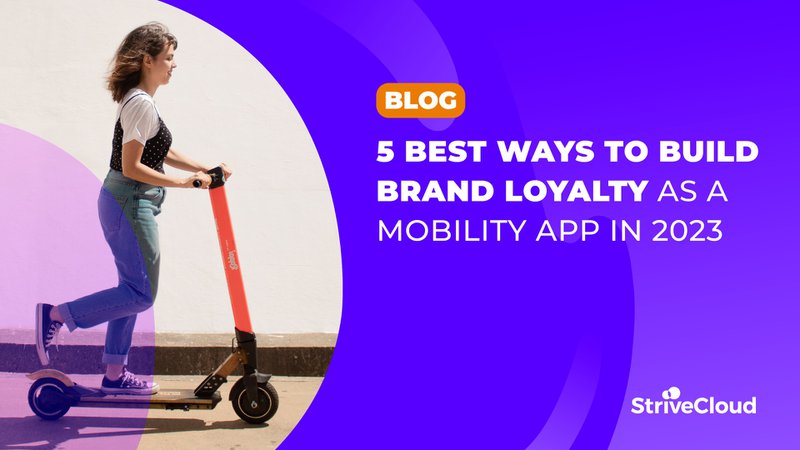
This article explores the challenges and opportunities for mobility operators, offering five actionable strategies to improve customer loyalty and drive sustainable growth.
- How 2023 will challenge micromobility
- Why brand loyalty matters in times of crisis (and why you should invest in it)
- 5 ways to increase brand loyalty in mobility
- FAQs
How 2023 will challenge micromobility
Another year, another crisis. But there are some silver linings! Mobility will be affected very differently by this economic downturn compared to the Covid-19 crisis. During the pandemic, millions were stuck at home. This time around though, people will still be traveling and commuting. But 2023 is changing consumer behavior in significant ways:
- Tighter household budgets will ultimately result in fewer short trips to leisure destinations like restaurants and cinemas (i.e. those ideal for micromobility)
- As a result, consumers are projected to purchase fewer cars
- Spending on expensive taxis and ride-hailing services will also decrease
In the end, this creates the risk that micromobility could face a downturn. But the good news is that would go against current predictions. In 2023, the global micromobility market is still set to grow at a rate of 17%. Even when e-scooter operators are quitting markets and laying off staff, experts expect the e-scooter market will see 10.5% growth.
Some trends and changing consumer behavior are favorable to micromiblity in particular. Cities are looking for ways to lower emissions and solve mobility challenges such as traffic congestion or high parking costs. Smaller, electric scooters for example could be a great solution!
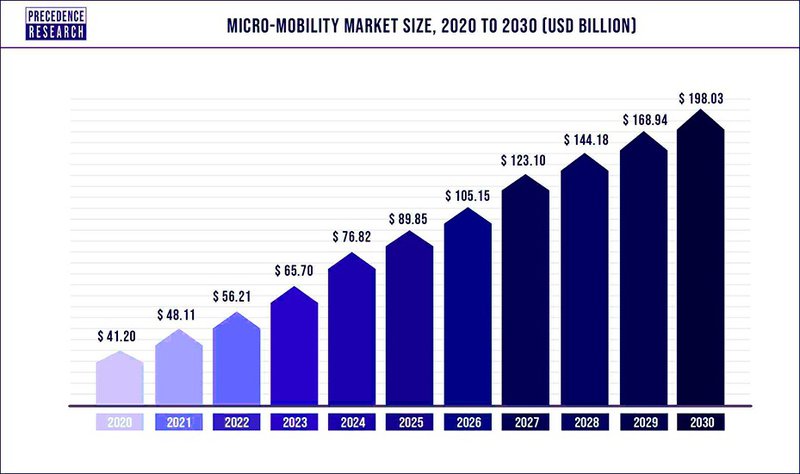
This graph illustrates the projected growth and favorable market trends for micromobility, showcasing the industry's resilience despite economic challenges.
Timo Buetefisch @Cooltra - "Mobility will suffer, but it’s still a necessity. As an organization, you have to get through the challenges that are coming."
What is the solution to these challenges? The answer for mobility is brand loyalty.
Why brand loyalty matters in times of crisis (and why you should invest in it)
Brand loyalty is one of the best ways to provide stability to your business - and make it more resilient to external shocks like economic malaise. The reality is that, during turbulent times, customers are more likely to stick with brands they already know and trust. The evidence of this can be seen in previous downturns. In the Great Recession that started in 2007, loyalty programs actually boomed, growing 19% between 2007 and 2009.
This story tells us what mobility operators need to succeed in 2023. To grow brand loyalty, mobility should focus less on expansion and acquisition, and more on repeat customers. This can be lucrative - studies show that 61% of small to mid-size firms report that more than half of their revenue comes from repeat customers. What’s more, mobility operators have a potentially large reservoir of local, existing customers. In Paris, for example, 85% of the city’s 1.2 million riders are Parisian residents.
Unlock growth during crisis: How to create a brand loyalty program in shared mobility!
5 ways to increase brand loyalty in mobility
#1 Build a gamified loyalty program to reward behavior change
The best way to drive growth as a mobility operator is through brand loyalty. Think about it. Many people might have to move around two, four, or even ten times a day! That’s a massive opportunity to take advantage of! One way to do that is by launching a gamified loyalty program.
Here’s why! A gamified loyalty program will:
- Incentivize customers to book more trips! Well-timed rewards will reinforce a positive feeling whenever a customer engages with your mobility service.
- Compel customers to come back to your app. (And book more trips!) Features such as outstanding loyalty points will help you stay top-of-mind.
- Create a fun and unique experience to stay top-of-mind. Build a sense of purpose and community with fun features like leaderboards, levels, and more!
- Help you differentiate on more than just pricing. Loyal customers will stay engaged for a long time and prefer you over competitors every time!
How does gamification improve brand loyalty for mobility operators?
Gamification is essentially the use of game elements and psychology in a non-game context to make the overall experience more fun and enjoyable. It makes your brand message come to life. Take HumanForest for instance. They turn taking your e-bike into becoming a CO2 saver, or a literal human forest!
They’ve built a community of loyal customers by introducing gamification inside their app. Here’s how it works in a nutshell:
- Every mile on an e-bike represents one tree saved
- For every 5 miles customers earn one TreeCoin
- You can exchange these TreeCoins for free riding minutes
- Collecting TreeCoins makes you level up from a tiny bonsai tree all the way up to a giant sequoia tree
- They even rank you on the CO2-reduced leaderboard to see who has saved the most trees
Michael Stewart, Co-founder @HumanForest - "StriveCloud helped us fulfil our brand message, in a fun and engaging way."
Accelerate your vehicle-sharing business with StriveCloud Build a custom gamified loyalty program inside your own app & sell more trips!
After all, shared mobility is very suitable for gamification. You can easily create rewards or challenges around the available customer data. EVO Sharing used this opportunity to boost the number of trips and in-app purchases.
Jennifer Dittmar @EVO Sharing - "Our business model is also very suitable for gamification. Receiving rewards based on distance, kilometers, or minutes driven makes a lot of sense to use and goes well together."

EVO Sharing's achievement system is a great example of gamification driving user engagement and loyalty by rewarding frequent usage with tangible benefits.
#2 Hook customers with an engaging app experience
The first step to brand loyalty for mobility is a great app experience. In fact, your app determines how a customer interacts with your brand outside of just using your vehicle. Besides, contextual notifications help to keep customers engaged and stay top-of-mind. Which allows them to become a part of your rider community.
Timo Buetefisch @Cooltra - "Technology is essential for the user experience in mobility. The app is absolutely everything, from the way you sign up, the way you pay, the way you unlock the vehicle, to where you can find your invoice. It’s 100% app-based. "
Uber’s driver app for instance uses gamification to enhance the driver experience. With features such as quests, badges, and earnings trackers drivers stay motivated and engaged. They can even earn extra points and money for maintaining a high feedback rating!
#3 Focus on providing great customer service
Of course, the most important need for consumers when it comes to customer service is to resolve an issue quickly. But this matters even more in mobility, where an issue could mean your customer is late for work - or worse, that their safety is at risk.
Mischa Schirris, Head of Partnerships at Mavenoid - "Many aspects of an enjoyable ride are outside of your control—weather, infrastructure, policies, and other external factors. Seamless customer support, on the other hand, is one of the few things that’s actually within your control. Give it the attention it deserves as you build out your company in the space."
Experts recommend an in-app support channel where customers can solve their problems either through troubleshooting, cashback, or human intervention. At the end of the day, your users want to feel valued and appreciated, so a quick and helpful solution will create that necessary trust, and in turn, build brand loyalty.
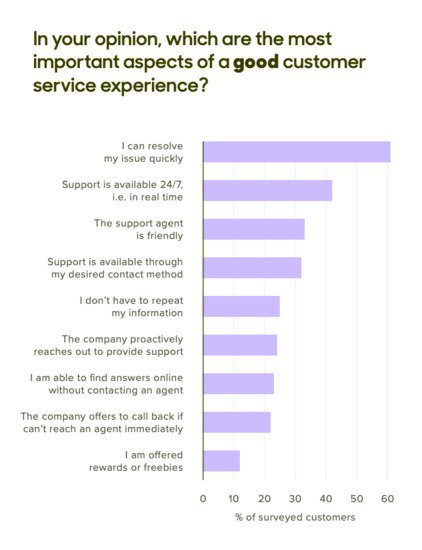
This chart highlights key market trends that influence user expectations and the importance of responsive and effective customer support in the mobility sector.
#4 Make sure your vehicles are there when needed - optimize your fleet!
One of the main customer motivations for shared mobility is convenience. In other words, customers like the ease of getting a vehicle whenever they need it, and leaving it wherever they want. This however is a major challenge for mobility operators, as it causes low fleet utilization rates which eat into profitability.
One way to solve this is through fleet management. This helps you track the location and status of different vehicles. You can also improve this experience within your app. For example, by creating a reservation system, or making it easy to report problems with vehicles.
Finally, you can use gamified rewards that incentivize customers to leave vehicles at specific places such as charging stations. Electric scooter company Bird for instance hands out monetary rewards for bringing the “birds” back to their “nest”.
#5 Boost your user referral program
Another benefit of keeping your customers close is that they’re 4 times more likely to refer friends! In a market where 88% of people rely on word-of-mouth as their source of information, that counts! In fact, referred customers are 18% more likely to become loyal users. Want to boost your referral program? Try adding some gamified rewards!
FAQs
How is consumer behavior changing in mobility in 2023?
With new trends such as working-from-home and delivery services, consumers are going out less, and therefore don’t have the need to own their own vehicle. This is a major opportunity for shared mobility operators, especially micromobility.
Why does brand loyalty matter in times of crisis?
Brand loyalty matters during turbulent times because people stick with brands they know and trust. This has been seen many times before. In the Great Recession that started in 2007, loyalty programs boomed, growing 19% between 2007 and 2009.
How can mobility operators increase brand loyalty?
The best way to drive growth as a mobility operator is through brand loyalty. Think about it. Many people might have to move around two, four, or even ten times a day! That’s a massive opportunity to take advantage of! One way to do that is by launching a gamified loyalty program.
Related Posts
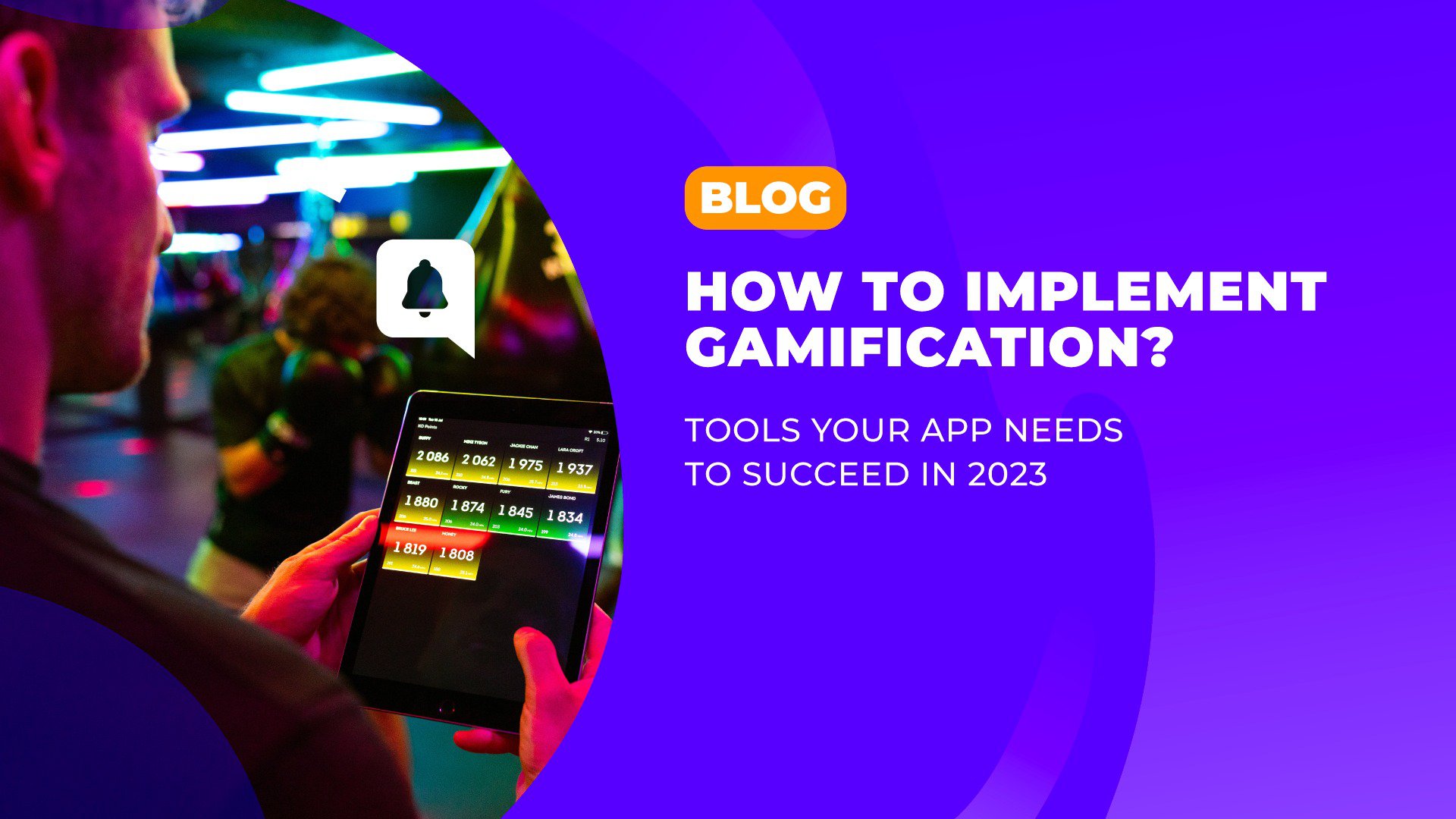
How to implement gamification? Tools your app needs to succeed in 2023
Gamification tools make it fast and easy to create an engaging app experience. Perhaps that's why, over the next decade, spending on tools for gamification will grow at a rate of 26%! But how do you pick the best gamification tool for your app business? Find out all you need to know.
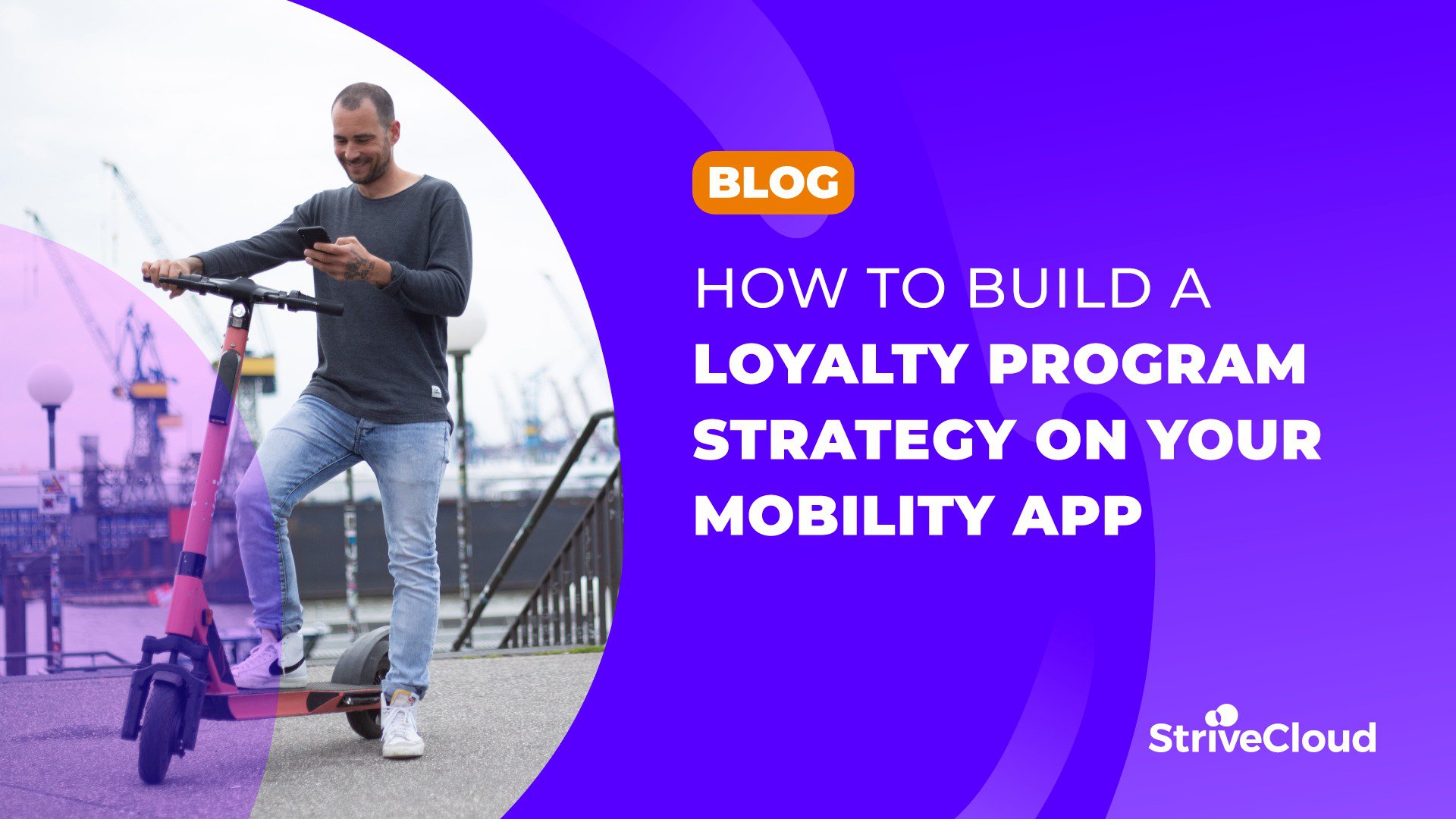
How to build a loyalty program strategy on your mobility app
How do you create a loyalty program strategy for your mobility app? As the shared mobility market keeps growing, building brand loyalty becomes a crucial way to drive growth. Not only do loyal customers spend more, and more often, but they are also more likely to refer friends! Find out everything you need to build your own bullet-proof strategy here!

